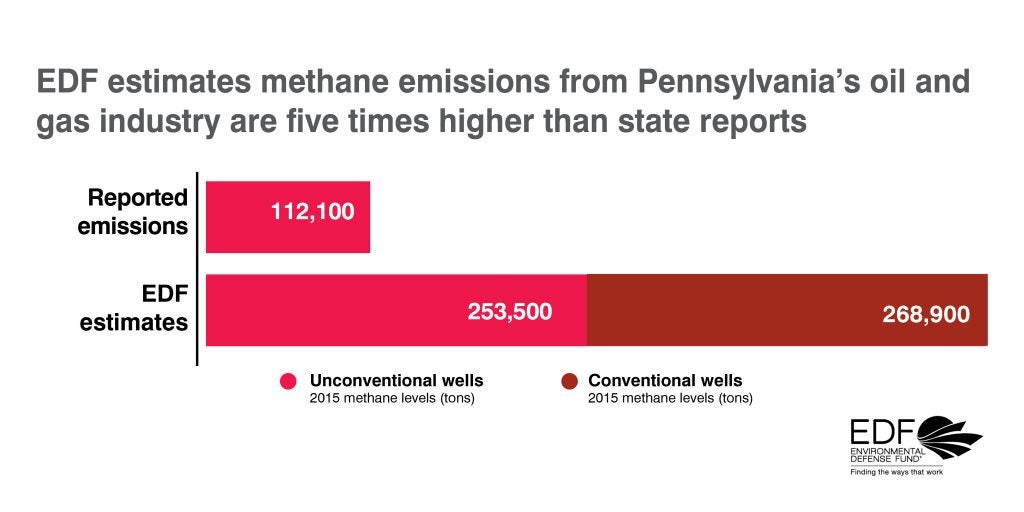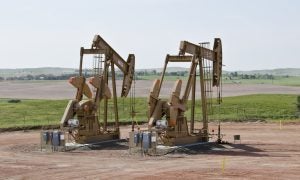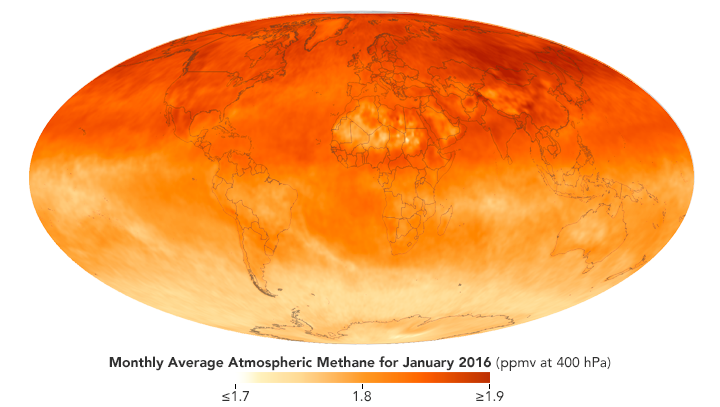 In its 2017 GHGI Inventory, published last week, EPA estimates 2015 methane emissions from the U.S. oil and gas industry were 8.1 million metric tons,which is enough to fulfill the domestic heating needs for over 5 million homes.
In its 2017 GHGI Inventory, published last week, EPA estimates 2015 methane emissions from the U.S. oil and gas industry were 8.1 million metric tons,which is enough to fulfill the domestic heating needs for over 5 million homes.
In addition to estimating 2015 emissions, EPA has revised their estimates of previous years’ emissions based on new scientific data. The lower estimates compared to the 2016 Inventory is almost entirely due to new accounting methods – the actual decrease in emissions from 2014 to 2015 was only 2%, and this was due to fewer well completions resulting from lower oil and gas prices.
EPA still has room for improvement
Although the estimate of oil and gas emissions went down in this year’s report, it should not be viewed as a final answer since EPA plans to make further improvements including better accounting of super-emitters, which science has shown to be a major source of emissions. These changes likely would counteract the decreases in other emission sources. Read More »





